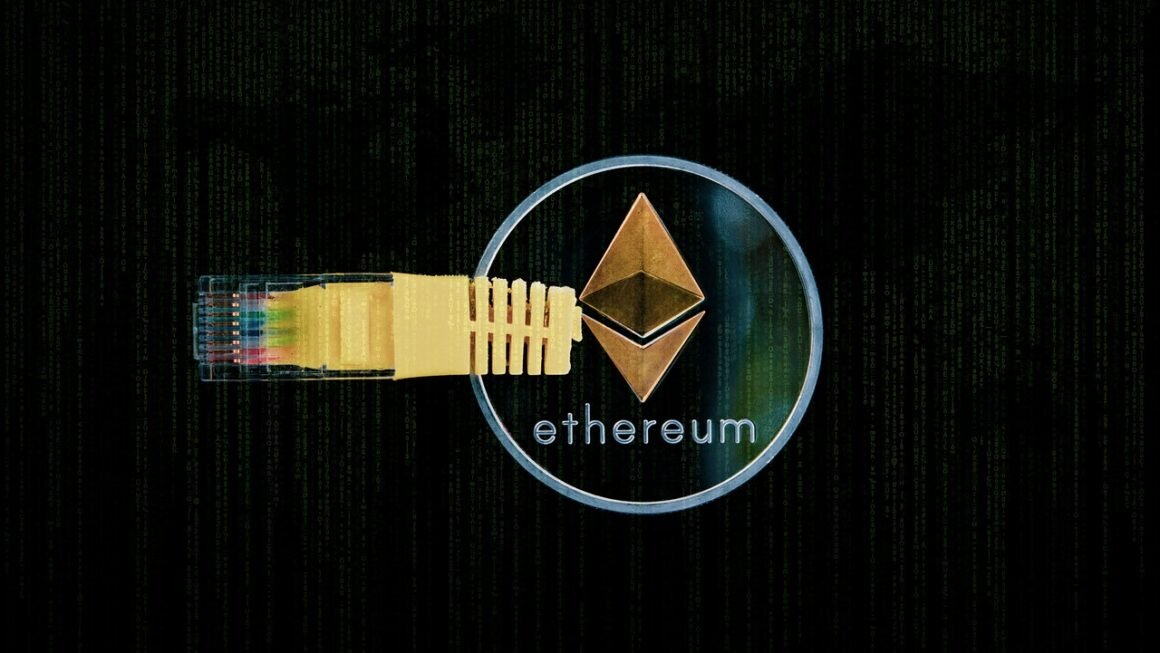Navigating the exciting world of cryptocurrencies can feel like charting a course through uncharted waters. While the potential rewards are significant, understanding the evolving landscape of crypto regulations is crucial for both investors and businesses alike. This blog post will delve into the complexities of crypto regulations worldwide, providing you with a comprehensive overview to help you make informed decisions.
Understanding the Need for Crypto Regulations
Protecting Investors
The volatile nature of cryptocurrency markets necessitates regulatory oversight to protect investors from fraud, manipulation, and excessive risk. Without proper regulation, vulnerable individuals can easily fall prey to scams or make investment decisions without a full understanding of the associated risks.
- Example: The collapse of FTX, a major cryptocurrency exchange, highlighted the severe consequences of insufficient regulation and inadequate risk management, causing substantial financial losses for countless investors.
- Statistics: A report by Chainalysis indicated that crypto scams extracted over $7.7 billion from victims in 2021.
- Actionable Takeaway: Always conduct thorough research and due diligence before investing in any cryptocurrency. Verify the legitimacy of exchanges and projects.
Preventing Illicit Activities
Cryptocurrencies, due to their pseudonymous nature, have been used for illicit activities such as money laundering, terrorist financing, and tax evasion. Regulations aim to combat these illegal uses and ensure that crypto assets are not used to fund criminal enterprises.
- Example: The Financial Action Task Force (FATF) has issued guidelines for member countries to regulate crypto assets to prevent their use in money laundering and terrorist financing.
- Actionable Takeaway: Understand the Know Your Customer (KYC) and Anti-Money Laundering (AML) requirements of crypto exchanges and platforms you use. Comply with these regulations to avoid legal repercussions.
Promoting Market Stability
Unregulated crypto markets can be highly volatile, leading to instability that can impact the broader financial system. Regulations seek to promote market stability by establishing clear rules for trading, custody, and issuance of crypto assets.
- Example: Stablecoins, cryptocurrencies designed to maintain a stable value, are increasingly subject to regulatory scrutiny due to their potential impact on financial stability. Regulations are being developed to ensure stablecoins are backed by sufficient reserves and are subject to proper oversight.
- Actionable Takeaway: Stay informed about regulatory developments related to stablecoins and other crypto assets that you hold or trade. Understand the potential impact of these regulations on their value.
Global Approaches to Crypto Regulations
United States
The regulatory landscape in the U.S. is complex, with multiple agencies, including the Securities and Exchange Commission (SEC), the Commodity Futures Trading Commission (CFTC), and the Treasury Department, asserting jurisdiction over different aspects of the crypto market.
- SEC: Focuses on regulating crypto assets that are deemed securities, such as tokens sold in initial coin offerings (ICOs).
- CFTC: Oversees the trading of crypto derivatives, such as Bitcoin futures.
- Treasury Department: Works to combat money laundering and terrorist financing through crypto assets.
- Example: The SEC’s enforcement actions against crypto companies that allegedly conducted unregistered securities offerings demonstrate the agency’s commitment to enforcing securities laws in the crypto space.
- Actionable Takeaway: Be aware of the potential classification of crypto assets as securities under U.S. law. Seek legal advice if you are unsure about the regulatory status of a particular asset.
European Union (EU)
The EU is developing a comprehensive regulatory framework for crypto assets known as the Markets in Crypto-Assets (MiCA) regulation. MiCA aims to harmonize crypto regulations across EU member states and provide legal certainty for crypto businesses.
- Key Provisions of MiCA:
Licensing requirements for crypto asset service providers (CASPs).
Rules for the issuance and trading of crypto assets.
* Requirements for stablecoins, including reserve requirements and supervision.
- Example: Once implemented, MiCA will require crypto exchanges and wallet providers operating in the EU to obtain a license and comply with strict regulatory requirements.
- Actionable Takeaway: If you are operating a crypto business in the EU, familiarize yourself with the requirements of MiCA and prepare to comply with the new regulations.
Asia
The approach to crypto regulations varies widely across Asia, with some countries adopting a more welcoming stance while others have imposed strict restrictions.
- Singapore: Has developed a regulatory framework that balances innovation with investor protection.
- Japan: Recognizes Bitcoin as legal property and has implemented regulations for crypto exchanges.
- China: Has taken a stricter approach, banning crypto trading and mining activities.
- Example: China’s ban on crypto mining led to a significant migration of mining operations to other countries, highlighting the global impact of national regulations.
- Actionable Takeaway: Understand the specific crypto regulations in the countries where you operate or invest. Be aware of the potential risks and opportunities associated with different regulatory environments.
Challenges in Crypto Regulation
Technological Innovation
The rapid pace of technological innovation in the crypto space poses a significant challenge for regulators, who must adapt their frameworks to keep pace with new developments such as DeFi (Decentralized Finance) and NFTs (Non-Fungible Tokens).
- Example: DeFi platforms, which offer decentralized lending and trading services, present unique regulatory challenges due to their autonomous nature and lack of central intermediaries.
- Actionable Takeaway: Regulators should adopt a flexible and adaptable approach to crypto regulation to avoid stifling innovation. Engage in dialogue with industry stakeholders to understand the implications of new technologies.
Cross-Border Coordination
Cryptocurrencies operate globally, making it difficult for individual countries to effectively regulate the market on their own. International cooperation and coordination are essential to address issues such as money laundering and tax evasion.
- Example: The FATF’s guidelines for crypto regulation aim to promote a consistent approach across countries and prevent regulatory arbitrage.
- Actionable Takeaway: Support international efforts to coordinate crypto regulations and combat illicit activities. Advocate for a globally harmonized approach to regulation.
Defining Crypto Assets
Determining the appropriate regulatory treatment for different types of crypto assets can be challenging. For instance, should a particular token be classified as a security, a commodity, or something else entirely?
- Example: The SEC’s lawsuit against Ripple Labs, which alleges that the company’s XRP token is an unregistered security, highlights the difficulties in classifying crypto assets under existing securities laws.
- Actionable Takeaway: Develop clear and consistent definitions for different types of crypto assets to provide legal certainty for businesses and investors.
The Future of Crypto Regulations
Increased Regulatory Scrutiny
As the crypto market continues to grow and mature, it is likely that regulatory scrutiny will intensify. Regulators will focus on protecting investors, preventing illicit activities, and promoting market stability.
- Example: The increasing number of enforcement actions by the SEC against crypto companies suggests a growing emphasis on regulatory compliance.
- Actionable Takeaway: Prepare for increased regulatory oversight and invest in compliance measures to mitigate legal risks.
Development of Global Standards
There is a growing recognition of the need for global standards for crypto regulation. International organizations such as the FATF and the International Organization of Securities Commissions (IOSCO) are working to develop such standards.
- Example: The FATF’s travel rule, which requires crypto exchanges to share information about senders and recipients of crypto transactions, is an example of a global standard aimed at preventing money laundering.
- Actionable Takeaway: Support the development of global standards for crypto regulation and advocate for a harmonized approach across countries.
Focus on Consumer Protection
Consumer protection will be a key priority for regulators in the future. Regulations will aim to ensure that investors have access to accurate and reliable information about crypto assets and are protected from fraud and manipulation.
- Example: Regulations may require crypto exchanges to provide clear and transparent disclosures about the risks associated with trading crypto assets.
- Actionable Takeaway: Prioritize consumer protection in your crypto business. Provide clear and transparent information about your products and services and implement robust security measures to protect customer funds.
Conclusion
Navigating the world of crypto regulations requires vigilance and continuous learning. As the regulatory landscape evolves, staying informed and adapting your strategies accordingly is crucial for success. By understanding the key issues, challenges, and future trends in crypto regulation, you can position yourself to thrive in this dynamic and transformative space. Remember to conduct thorough research, seek professional advice when needed, and always prioritize compliance and ethical practices.



